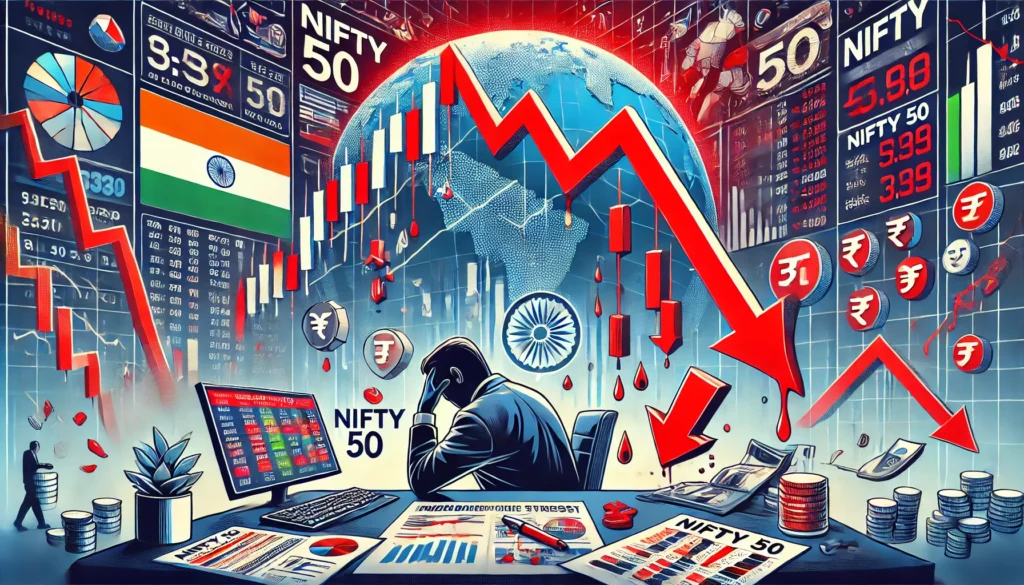The trade war was ignited when the Trump administration imposed tariffs on Chinese goods worth billions of dollars, citing unfair trade practices, intellectual property theft, and a growing trade deficit. China responded with retaliatory tariffs on U.S. exports. Over the next two years, both countries escalated tariffs on each other’s goods, affecting everything from steel and soybeans to electronics and machinery.
The sharp rise in the US-China tariff war in 2025, with American tariffs on Chinese goods skyrocketing to 145% and Chinese retaliation tariffs also stepping up to 125%, drastically altered international trade. The conflict was initially geared towards resolving trade deficits and safeguarding local businesses, but the outcome has been detrimental for both sides, causing complex impacts with no clear winners and many repercussions. This article looks into the economic deadlock and analyzes the unexpected outcomes, focusing on recent changes.
U.S. Perspective: Mixed Results
Domestic Gains and Costs
The US centered its objectives around the reduction of the trade deficit; the increase in tariffs was aimed towards boosting manufacturing. American steelmakers such as Nucor and United States Steel Corp. benefited from the policy as rising tariffs cut off cheap Chinese imports, which led to a spike in production and employment in the region. But the negative side effects are becoming more apparent. Price hikes on basic consumer goods, including electronics, toys, and textiles, rose as a result of tariffs. Economically lower-class Americans who heavily relied on affordable foreign imports were the most impacted, worsening economic inequality in the nation. Research estimates put the US GDP loss from the trade war between 0.3% and 0.7%. Add to that, the loss of competitiveness among companies cost them $1.7 trillion in stock value.
Strategic Decoupling Challenges
The US implemented a policy of “strategic decoupling” in order to cut down on Chinese supply chain dependency, particularly concerning semiconductors and pharmaceuticals. Even though there is now some domestic investment in chip production due to the CHIPS Act, the shift still remains slow. Stagflation and shortages are risks because critical supplies are still irreplaceable, which makes firms vulnerable in the short term. The reduction of US tariffs to 30% and Chinese tariffs to 10% in May 2025, which was intended to ease some immediate pressure in a 90-day tariff suspension, undermined American credibility in trade policies because allies and the market started questioning the consistency of policies.
China’s Response: Resilience and Retaliation
Economic Pressures
The war with China presented enormous challenges, in addition to US tariffs, for coastal manufacturers and smaller firms that bore the brunt of the Taiwan conflict. The closing of factories, along with a shrinking manufacturing industry, resulted in unemployment and a risk to social stability. GDP growth in China was 5.4% in Q1 2025 and is likely to slow further due to the strain of tariffs. China’s retaliatory tariffs on US exports like soybeans and other pharmaceuticals also hurt American exporters, where soybean sales already ceded ground to Brazil and Argentina.
Strategic Shifts
In spite of obstacles, China retained its supremacy in rare earths and other important resources to counter the U.S. pressure by putting exports in place, which impacted the U.S. high-tech and defense industries. Xi Jinping’s diplomacy in Southeast Asia, which included visiting Vietnam and Malaysia, also strengthened trade relations, redirecting exports to make them exempt from U.S. tariffs. While China continues to “self-rely” under “Made in China 2025,” the progress is still morphed due to corruption and inefficiencies.
Global Winners: Bystander Beneficiaries
Trade Diversion Opportunities
The bystander nations, which were Vietnam, Mexico, and Brazil, managed to grow their exports due to the steep increase in the U.S.-China trade stagnation. In the steel sector, Vietnam’s exports to the U.S. increased significantly, while Mexico managed to counterbalance about $850 million in Chinese imports. A study conducted in 2022 indicated about 3% improvements in global trade owing to these changes, including Malaysia and Thailand, who profited from the relocation of supply chains. With the U.S. and India collaborating on initiatives, India also started to show signs as a new global player, with semiconductor investment becoming increasingly accessible.
Global Losers: Collateral Damage
Vulnerable Economies
Little economies, such as South Africa and the Philippines, witnessed a fall in exports owing to their dependency on complementary goods linked to tariffed products. The Global South, which relied on cheap imports from China, struggled with rising expenses, which cost billions. Taiwan, which is in the middle of the U.S. and China tensions, is in danger of becoming collateral damage if disputes over trade issues escalate politically.
Unexpected Outcomes
Supply Chain Shifts
The conflict over tariffs sped up the restructuring of the supply chain globally. Countries in Southeast Asia, such as Vietnam, became centers for manufacturing after businesses relocated production from China. However, some Chinese goods were shipped through these countries to avoid U.S. tariffs, undermining the decoupling efforts.
Geopolitical Tensions
The conflict over trade intensified the U.S.-China rivalry, with tariffs serving as weapons in a larger metaphorical “cold competition.” The strengthened bonds China established with ASEAN and the EU mark a reordering of alliances in the world, while the U.S.’s unpredictable policies weakened its stance globally.
Economic Fragmentation
Instead of collapsing international trade, the war changed the nature of it, creating increased uncertainty and fragmented supply chains. Economists have raised concerns about the risk of increased stagnation and a drop in investment if tariffs were to continue, with no country fully shielded from the consequences.
Key Lessons
The U.S.-China tariff dispute demonstrates that no one benefits from tariffs; there are only relative advantages depending on who you are. While a few industries and peripheral countries profited, larger consumers and smaller economies suffered the most. The 90-day ceasefire provides an opportunity for negotiation, but, as history teaches us, enduring resolution is possible only with a combination of clean-dignifying diplomacy and coordinated efforts. Both countries have to manage internal pressures against international obligations to prevent cascading economic and geopolitical consequences.



